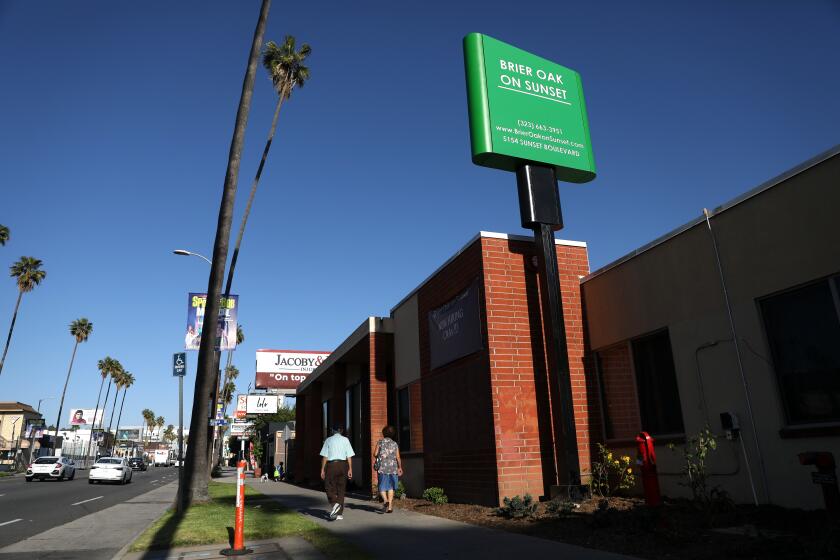Used Until Human One Found : Surgeons Implant New Type of Artificial Heart
- Share via
A team of Arizona surgeons on Wednesday implanted a new type of artificial heart in a 32-year-old male patient only hours after he began rejecting a human heart transplant that he had received a day earlier.
The artificial heart, designed by Phoenix dentist Kevin Cheng, had never before been tried on a human.
“We didn’t expect to have to use it this soon, but it was a kind of do-or-die situation,” Phil Riske, director of public relations at St. Luke’s Hospital in Phoenix, said in a telephone interview.
Riske said that Cheng and a surgical team had done a limited amount of testing of the artificial device on animals at the Phoenix hospital.
Spokesmen for the University of Arizona Health Sciences Center in Tucson, where the surgery took place, said the artificial heart will be used in the patient only until a new human donor can be found.
And late Wednesday doctors said they had located another human heart. The organ was being flown to Tucson for possible implantation into the patient, who has not been identified. The man was reported in critical, but stable condition.
The patient had undergone the transplant operation on Tuesday at the university facility. Dr. Jack G. Copeland, whose surgical team has performed 62 human heart transplants in the last several years, directed the operation.
On Wednesday morning, the patient was undergoing acute rejection of his transplanted heart. Riske said that Copeland decided then to place an emergency call to Dr. Cecil Vaughn, a Phoenix heart surgeon, to discuss the possibility of using the new artificial device, known as the Phoenix Heart, to save the life of the patient.
Forty-five minutes after receiving the call, Vaughn and two assistants flew the 125 miles to Tucson with the artificial heart, and with Copeland’s assistance implanted it in a three-hour operation that ended at 2 p.m. Vaughn also brought a temporary heart pump known as a left-ventricular assist device, which the St. Luke’s team also had designed. That device was not used Wednesday.
Copeland had also called the University of Utah to request a Jarvik-7 heart of the same type that was implanted in Barney Clark two years ago and subsequently in two patients in Louisville within the last three months.
A Utah surgical team flew to Tucson but arrived after the surgery to implant the Phoenix Heart had begun, according to spokesmen at the University of Arizona.
Team Present During Surgery
However, the University of Utah team--Dr. Donald Olsen, a veterinarian who is director of Utah’s artificial heart laboratory, and Steven Nielsen, a designer of the drive system for the Jarvik heart--was present in the operating room during the implantation, Riske said.
The Utah team flew back to Salt Lake City with their device after the operation, a University of Utah spokesman said.
Riske said that until the operation Wednesday, the Phoenix Heart had undergone tests on only two animals--both calves. He said the tests were designed only to see whether the device functioned in a living organism and was removed after two or three hours.
“It was not part of the protocol to test for how long the device would work,” he said. “We don’t know for sure whether the Food and Drug Administration was contacted before the use today.”
‘A Medical Decision’
Dr. Allan Beigel, a University of Arizona vice president, said that while the FDA had not approved use of the device on a human, the agency was “aware this procedure has taken place.” He said the decision to proceed with the implantation “was, in fact, a medical decision, not a university decision.”
In Washington, an FDA spokesman told the Associated Press that “the agency is concerned by the obvious disregard of regulations that occurred in this case, and it is waiting to hear the facts from the university.”
Only one surgeon, Dr. William DeVries of the Humana Heart Institute in Louisville, has been licensed so far to implant an artificial heart in patients. DeVries has used the Jarvik-7 heart.
Riske said the Phoenix Heart is similar to the Jarvik-7, but differs chiefly in the kinds of valves and the bladder mechanism that pumps the blood. He said the drive system employs the same kind of air compression machine that powers the Jarvik heart.



